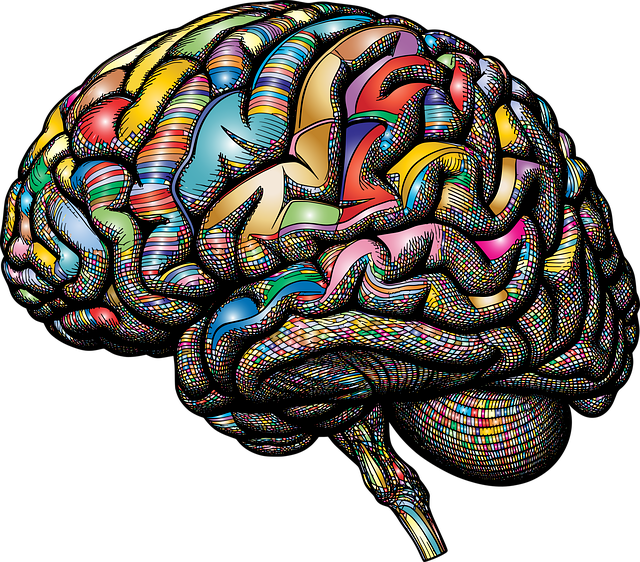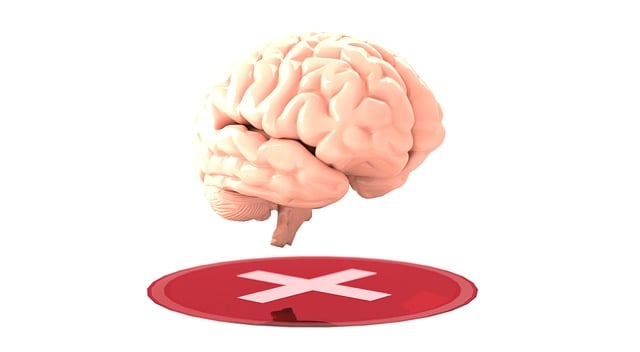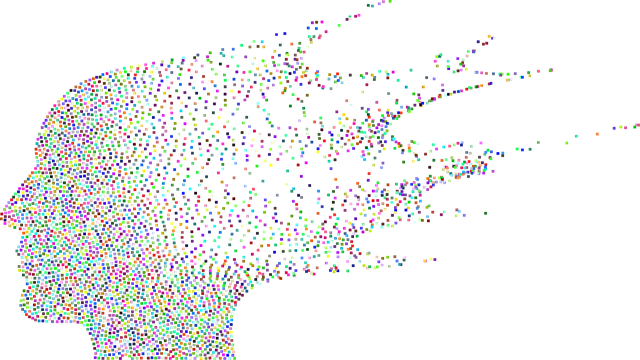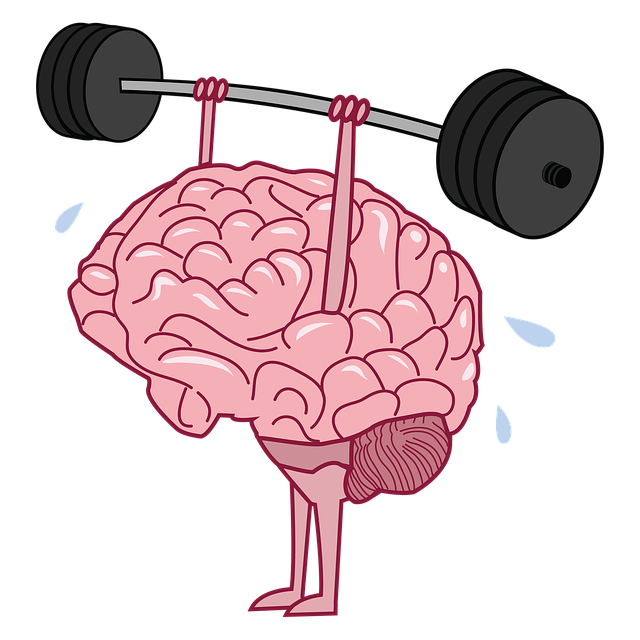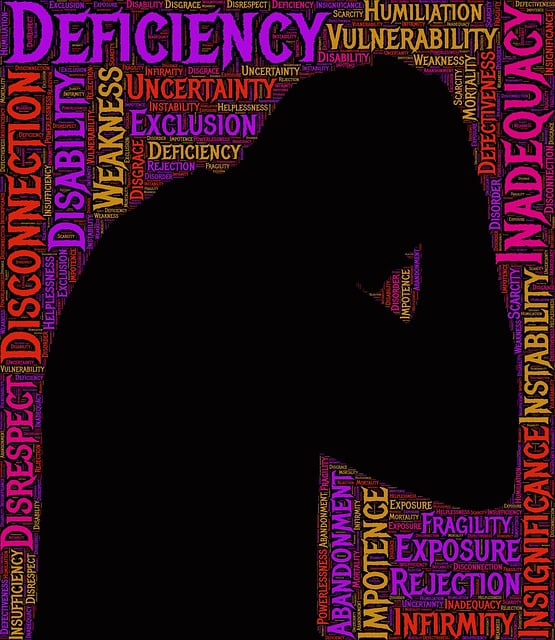Mental health education programs, including Superior Suicide Prevention Therapy, are vital in addressing increasing mental health prevalence. By demystifying issues, reducing stigma, and implementing cultural competency training, these initiatives support diverse communities. Effective programs identify at-risk populations, incorporate emotional intelligence, and use interactive activities for better learning. Evaluation should go beyond satisfaction, tracking changes in attitudes, knowledge, and skills related to suicide prevention, with follow-up assessments showcasing improved communication and emotional regulation.
“Mental health education programs play a pivotal role in fostering well-being and preventing suicides. This comprehensive guide delves into the strategic design of such initiatives, focusing on stigma removal and targeted awareness. We explore key aspects, from understanding at-risk communities to integrating interactive learning methods for deeper engagement. Furthermore, this article illuminates evaluation strategies that ensure the effectiveness of mental health programs, ultimately aiming for superior suicide prevention therapy.”
- Understanding Mental Health: Debunking Stigma and Promoting Awareness
- Identifying at-risk populations and tailoring programs accordingly
- Core Components of an Effective Mental Health Education Program
- Integrating Interactive Activities for Enhanced Learning
- Measuring Success: Evaluation Strategies for Superior Suicide Prevention Therapy
Understanding Mental Health: Debunking Stigma and Promoting Awareness

Mental health education programs play a pivotal role in fostering a society that prioritizes well-being and offers support to individuals facing challenges. A significant aspect of such initiatives is demystifying mental health issues, particularly suicide prevention. By implementing comprehensive training for healthcare providers on cultural competency, we ensure that diverse communities receive tailored care. This approach addresses the critical need for understanding the unique barriers and cultural nuances surrounding mental health discussions.
Through public awareness campaigns, we can actively promote mental well-being and reduce the stigma associated with depression and other common disorders. Educating the general public about risk factors, warning signs, and available support systems empowers individuals to recognize and assist those in need. In today’s world, where mental health issues are more prevalent than ever, these efforts are essential to creating a supportive environment that encourages open dialogue and provides effective suicide prevention therapy.
Identifying at-risk populations and tailoring programs accordingly

Identifying at-risk populations is a critical step in designing effective mental health education programs. By understanding demographics and individual needs, tailored interventions can be developed to offer Superior Suicide Prevention Therapy. This approach ensures that resources are allocated efficiently, maximising impact on those who stand to benefit the most. For instance, programs focused on youth might emphasize confidence-boosting workshops and depression prevention strategies, while adult populations may require sessions centered around stress management and resilience building.
Tailoring programs also involves considering cultural sensitivity. Different communities have unique mental health challenges shaped by their social and historical contexts. Incorporating diverse perspectives in the curriculum fosters an inclusive environment, encouraging open discussions. A well-designed Mental Wellness Podcast Series Production can play a pivotal role here, offering accessible platforms for sharing stories and knowledge, thereby promoting mental wellness across various at-risk populations.
Core Components of an Effective Mental Health Education Program

A comprehensive mental health education program should be designed with a multi-faceted approach to effectively address and promote mental wellness among participants. The core components include a blend of theoretical knowledge, practical skills development, and supportive environments. First, integrating topics such as emotional intelligence and positive thinking can empower individuals to recognize and manage their emotions, fostering a sense of resilience and overall mental health. This component equips learners with strategies to cope with stress, anxiety, and other common mental health challenges.
Additionally, an effective program must prioritize suicide prevention therapy, ensuring that participants gain insights into recognizing warning signs and providing initial support. By combining these elements, the education initiative aims to create a culture of open dialogue and care, encouraging individuals to seek help when needed and promoting better mental health outcomes in the long term.
Integrating Interactive Activities for Enhanced Learning

Integrating interactive activities into mental health education programs is a powerful strategy to enhance learning and engagement. These hands-on approaches allow participants to actively participate in their education, fostering a deeper understanding of complex topics like suicide prevention therapy. By incorporating role-playing scenarios, group discussions, and simulations, learners can apply theoretical knowledge in practical settings, promoting critical thinking and problem-solving skills.
This interactive approach not only improves information retention but also encourages emotional healing processes among individuals who might be dealing with their own mental health struggles. It enables them to experience and practice supportive techniques, contributing to the development of resilience and effective coping mechanisms. Moreover, these activities can facilitate a Mental Health Policy Analysis and Advocacy discussion, where participants explore real-world cases, identify gaps in existing policies, and propose innovative solutions, ultimately strengthening the overall framework for addressing mental health issues, including superior suicide prevention therapy.
Measuring Success: Evaluation Strategies for Superior Suicide Prevention Therapy

Evaluating the success of a mental health education program, especially one focused on suicide prevention, is a multifaceted process. It involves employing robust evaluation strategies that go beyond simple attendance or satisfaction surveys. For Superior Suicide Prevention Therapy, the ultimate goal is to foster resilience and promote positive mental wellness among participants. Therefore, assessment methods should capture changes in attitudes, knowledge, and skills related to recognizing and managing suicidal ideation and behaviors.
One effective strategy is to implement pre-post testing with follow-up assessments at set intervals post-program completion. This design allows researchers to measure the immediate impact of the therapy and track sustained improvements in participants’ ability to apply learned concepts. Incorporating Social Skills Training and Mental Wellness Coaching Programs Development as part of the curriculum can enhance these evaluations by providing concrete examples of improved communication, empathy, and emotional regulation—all vital skills for preventing suicide and promoting overall mental health.
Mental health education programs, armed with interactive learning and tailored approaches, can significantly reduce stigma and enhance awareness. By understanding at-risk populations and implementing core components like evidence-based teaching and peer support, these initiatives become powerful tools for promoting mental well-being. Effective evaluation strategies ensure the success of these programs, particularly in advancing superior suicide prevention therapy by identifying needs and measuring impact. This holistic approach to mental health education is key to fostering healthier communities.

